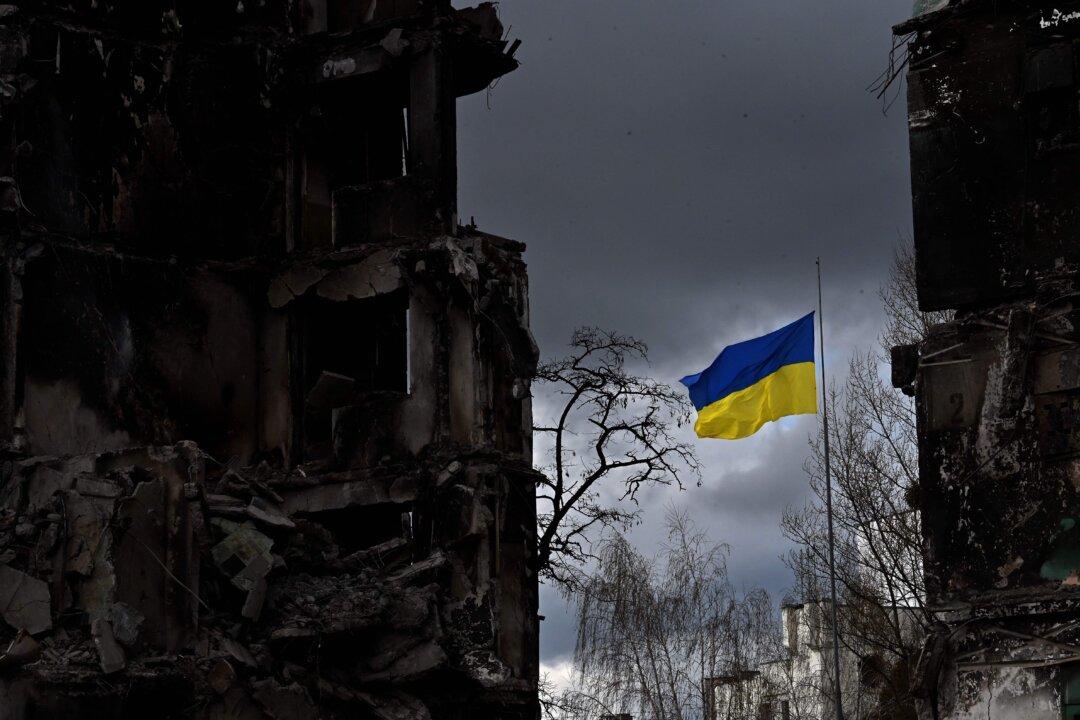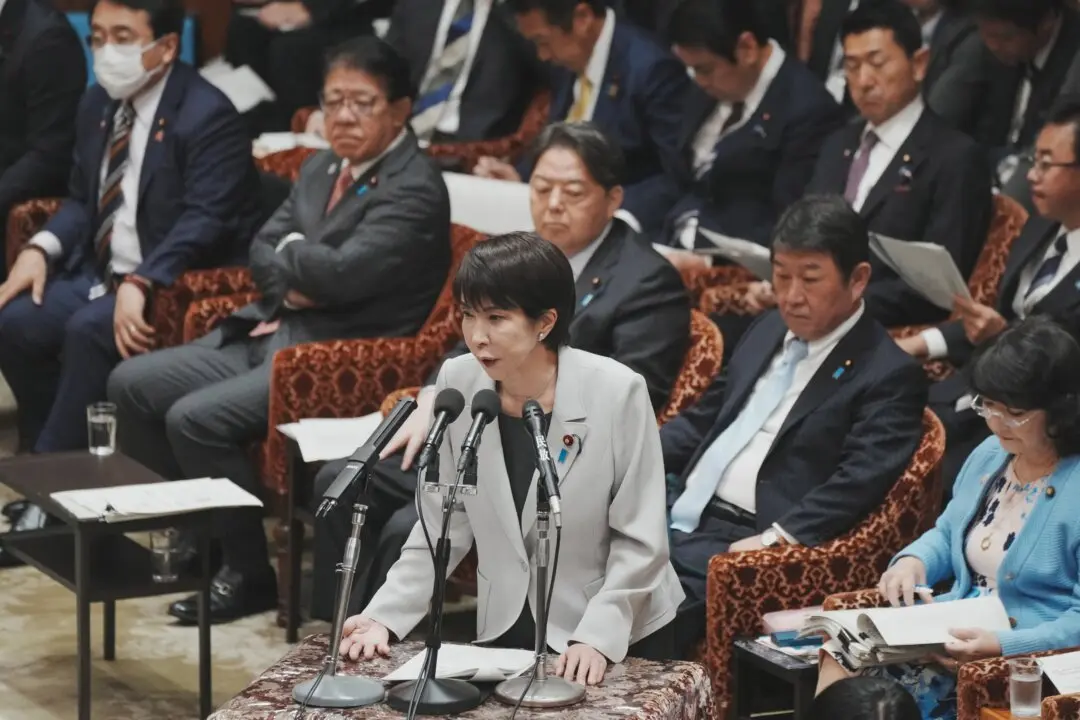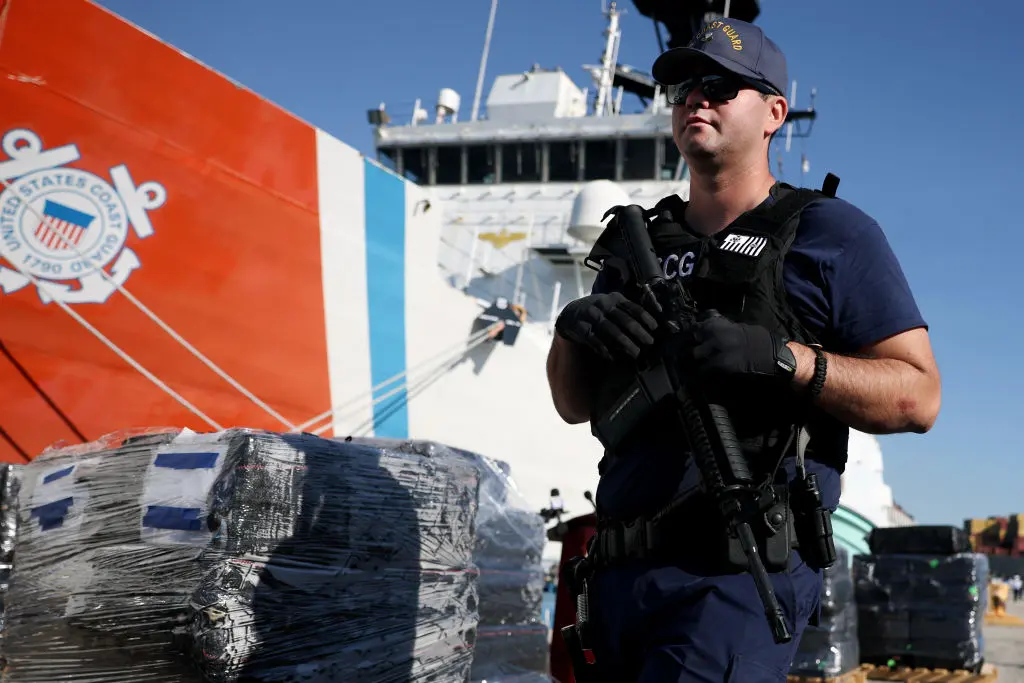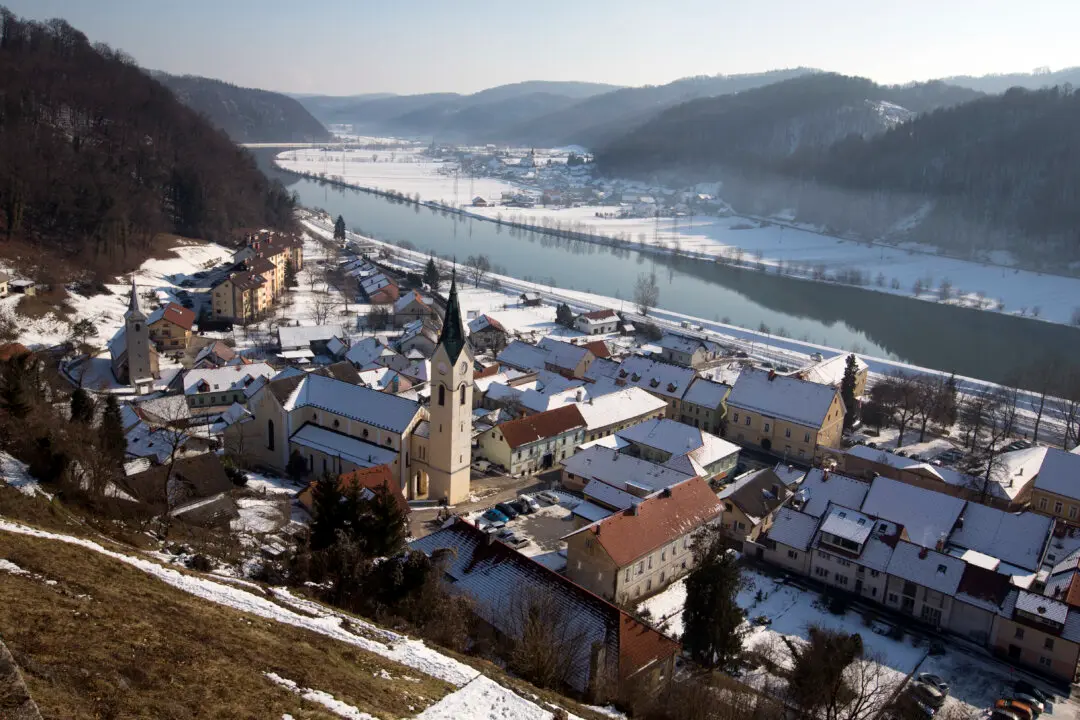Commentary
The battle map of Ukraine has looked roughly the same for months now. This makes some military men uneasy. They say the counteroffensive failed. They question Ukrainian strategy, including in the press. That would normally be a major violation of military etiquette between allies, and so a U.S. firestorm of criticism back and forth over the best strategy has erupted.





